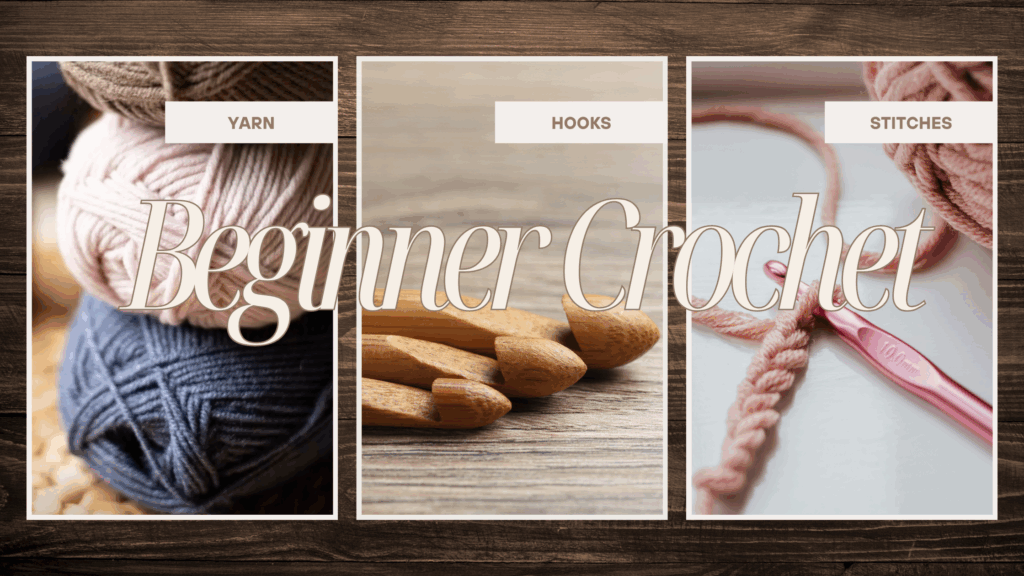
Finishing Touches: How to Weave in Ends and Block Your Crochet
Introduction
There’s nothing quite like the satisfaction of finishing a crochet project, but wait—are those loose ends waving at you? And why is that blanket corner curling up? Don’t worry, we’ve all been there!
At Thread & Tangle, I believe the magic is in the details. That’s why today, I’m sharing the secrets to perfecting your crochet projects with two crucial finishing techniques: Weaving in Ends and Blocking. These final touches turn a good project into a great one.
Why Finishing Touches Matter
Imagine gifting a beautiful crochet scarf only to find it unravelling because the ends weren’t secured. Or spending hours on a blanket that won’t lie flat. Proper finishing makes your projects look polished and professional—like they’ve come straight out of a boutique!
How to Weave in Ends (The Right Way)
Loose ends can be a crochet nightmare. But weaving them in the right way makes them disappear—like magic! Here’s how:
1. Use a Yarn Needle
- Choose the Right Needle: A blunt-tipped yarn needle is perfect for weaving in ends without splitting the yarn.
- Weaving Technique: Weave the tail back and forth through at least three stitches, then change direction. This secures the tail and prevents it from slipping out.
- Pro Tip: Split the yarn while weaving to lock it in place for extra security.
2. Match the Yarn Path
Follow the natural path of the stitches to make the ends completely invisible.
What is Blocking?
Blocking involves wetting or steaming your project, shaping it to the correct dimensions, and allowing it to dry. It sets the stitches and helps maintain the shape.
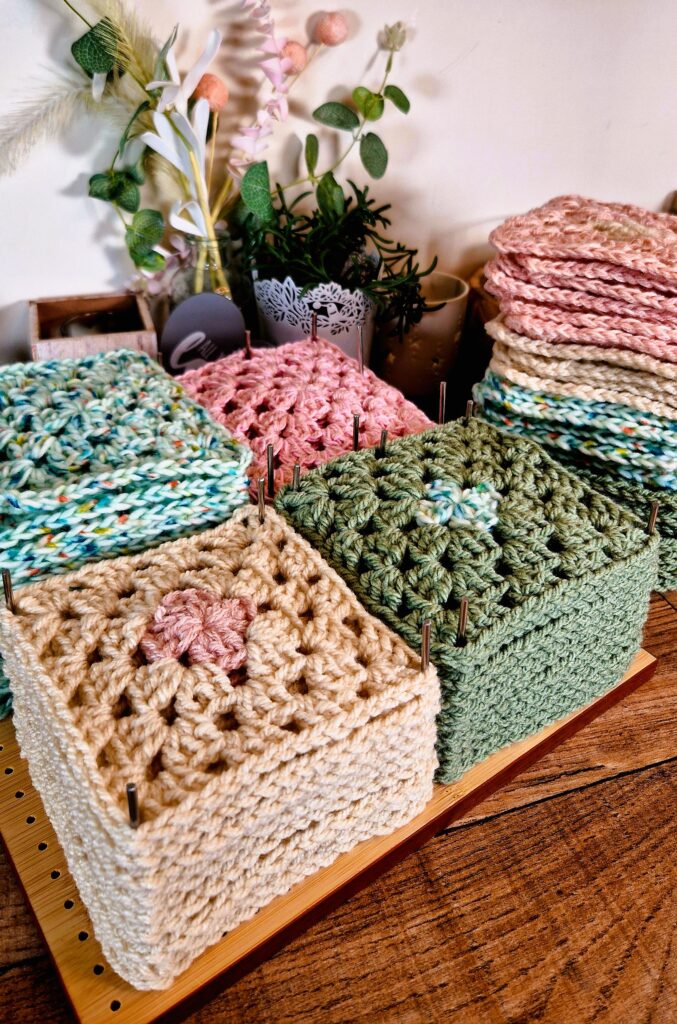
Types of Blocking
- Wet Blocking: Soak the project, gently squeeze out excess water, and shape it on a blocking mat. Perfect for natural fibers like wool.
- Steam Blocking: Use a steam iron (without touching the fabric) to relax the stitches. Great for acrylic yarns.
- Spray Blocking: Lightly spray your project with water and pin it in place. Ideal for delicate yarns.
Tools for Weaving and Blocking
- Clover Yarn Needles – Easy to use and perfectly designed for weaving in ends. Shop Now
- Blocking Mats and Pins – Keep your projects flat and even while they dry. Available at Hobbycraft
- Steamer or Spray Bottle – For easy steam or spray blocking at home.
Test out your new skills with a simple granny square:
- Yarn: Medium weight yarn (try Lion Brand Vanna’s Choice or King Cole Comfort Chunky).
- Hook: 5mm Clover Soft Touch Hook.
- Pattern: Classic granny square with 3 double crochets per cluster. Focus on weaving in ends neatly and blocking for a perfect square!
The Magic of Finishing Touches
Weaving in ends and blocking might seem like small steps, but they make a world of difference. They add that touch of magic, making your projects look neat, polished, and lovingly finished. At Thread & Tangle, I’m all about creating beautiful crochet with a little whimsy and a lot of love. So go ahead, finish strong, and let your crochet shine!
Ready to master finishing touches and elevate your crochet? Check out my tutorials on YouTube @threadandtangle – for more tips, tricks, and whimsical crochet inspiration!
Happy Crocheting!
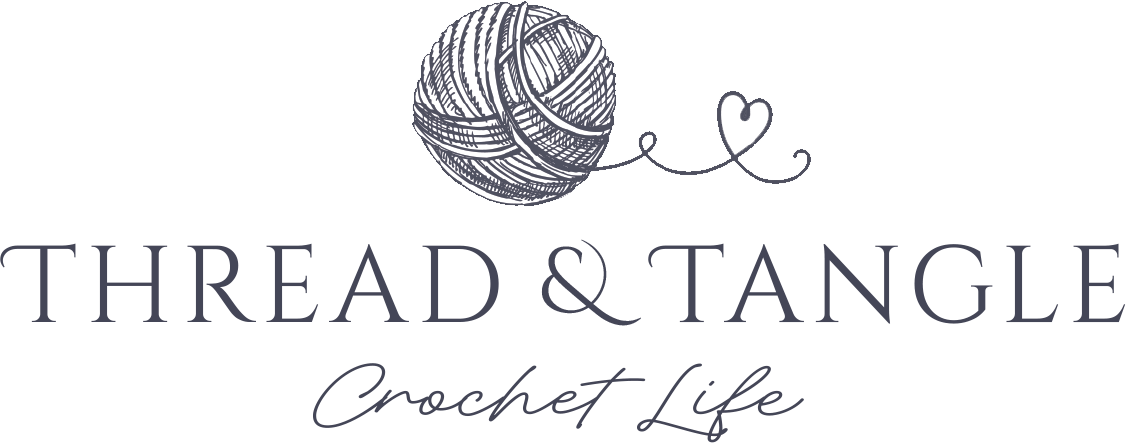
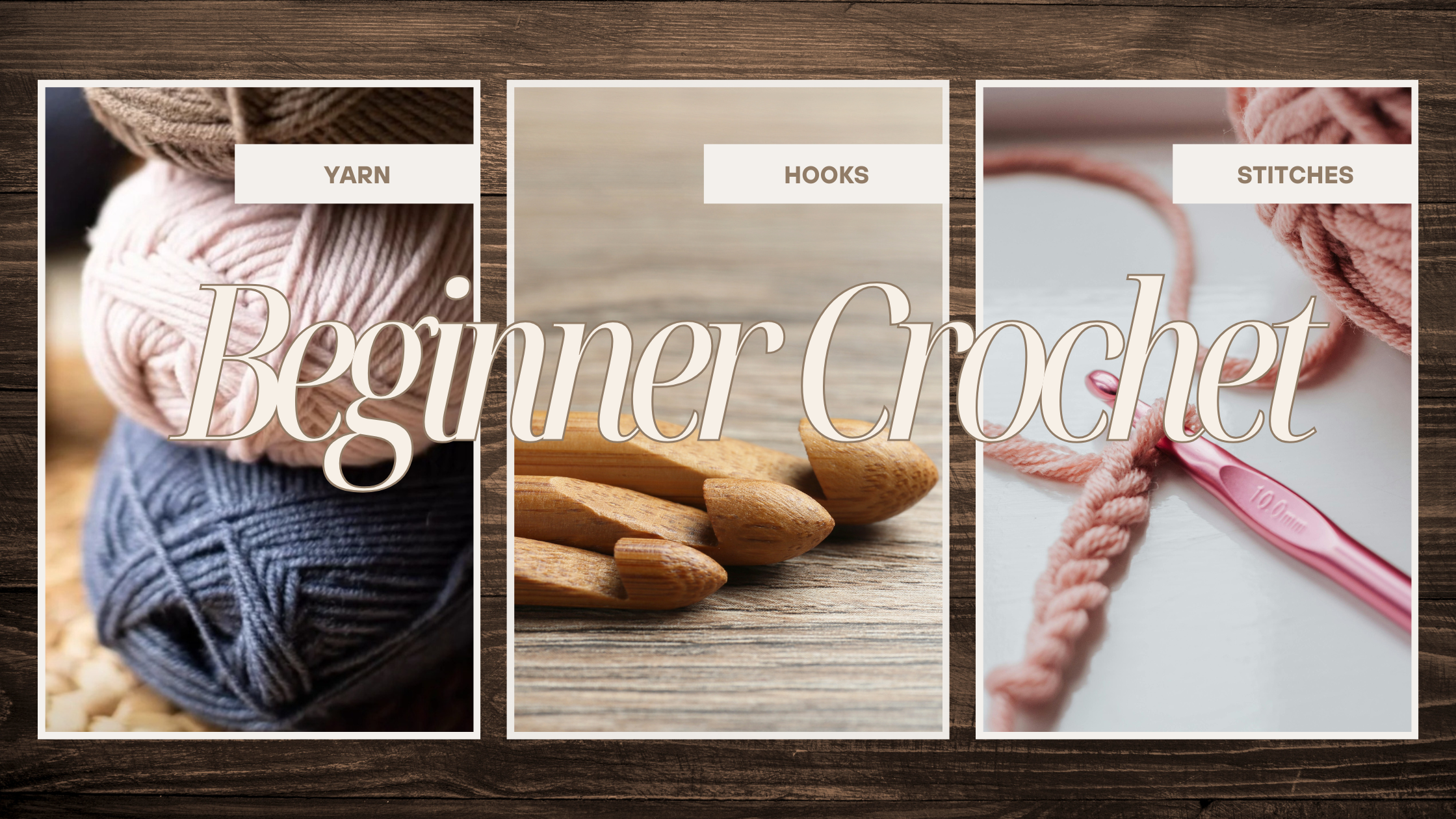
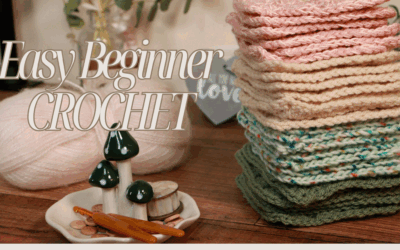
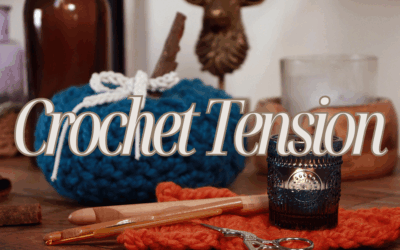
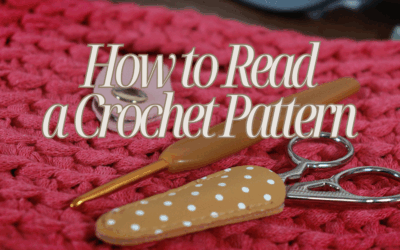
0 Comments